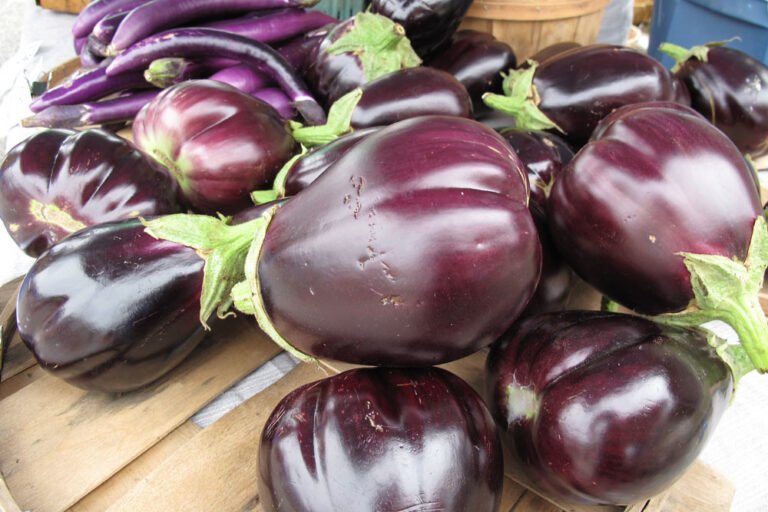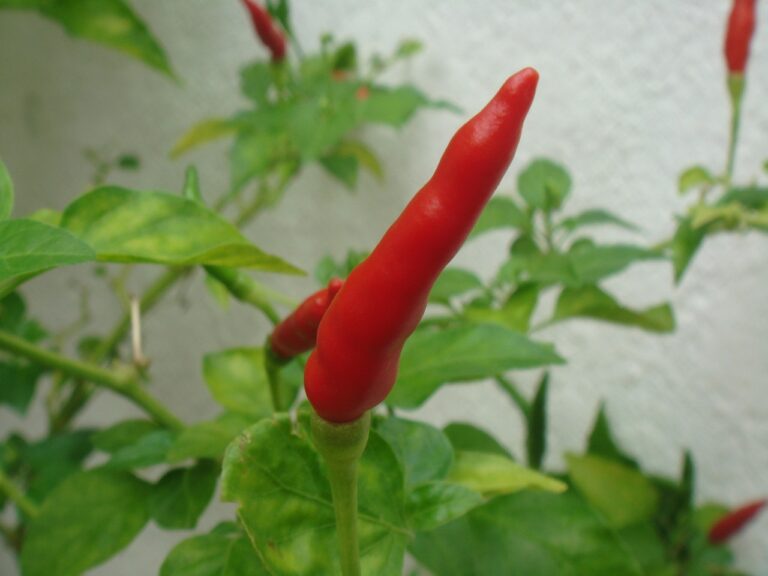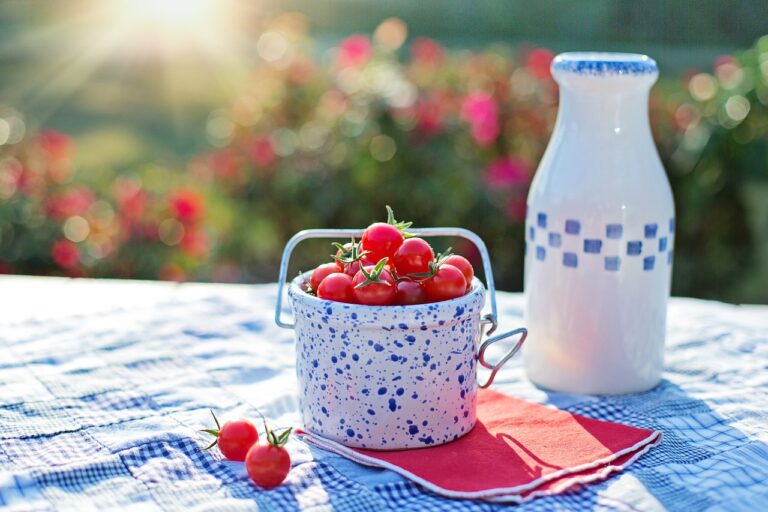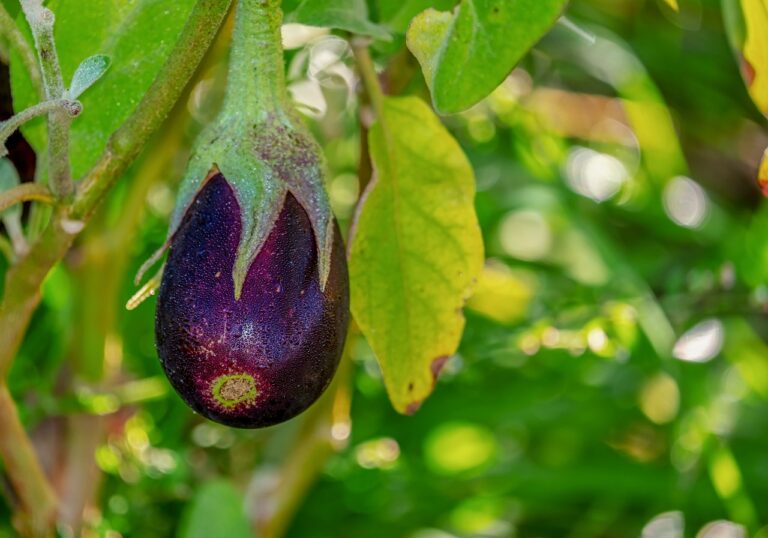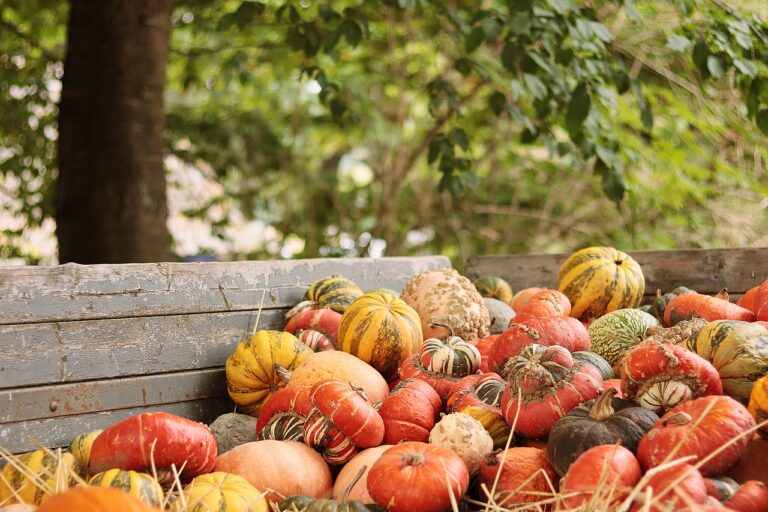An Introduction to Hydroponic and Aquaponic Vegetable Gardening: Soilless Methods and System Setup
Are you interested in growing your own vegetables but have limited space or poor soil quality? Look no further! In this article, we will introduce you to the world of hydroponic and aquaponic vegetable gardening. These soilless methods allow you to grow a wide variety of plants using nutrient-rich water instead of traditional soil. You'll learn about different system setups, essential nutrients for plant growth, and how to maintain water quality. Get ready to embark on a rewarding and sustainable gardening journey!
Benefits of Soilless Gardening
One benefit of soilless gardening is that it allows you to grow vegetables without the need for traditional soil. This method, also known as hydroponics, offers several advantages over traditional gardening. First, hydroponics eliminates the need for large amounts of land, making it ideal for urban environments or areas with limited space. Second, it allows for precise control over nutrient levels, ensuring that plants receive exactly what they need to thrive. This leads to faster growth rates and higher yields. Third, hydroponics reduces the risk of soil-borne diseases and pests, as there is no soil present. This means less reliance on pesticides and the ability to grow plants year-round. Overall, the advantages of hydroponics make it a practical and efficient method for growing vegetables.
Types of Hydroponic Systems
Now let's explore the different types of hydroponic systems that you can use to grow vegetables without traditional soil. One popular method is vertical farming, which involves stacking multiple layers of plants vertically to maximize space. This system is especially useful in urban areas where land is limited. Another common hydroponic system is the nutrient film technique (NFT), where a thin film of nutrient-rich water flows constantly over the roots of the plants. This provides a continuous supply of water and nutrients while allowing the roots to access oxygen. NFT systems are often used for growing leafy greens and herbs. It's important to choose a hydroponic system that suits your needs and available space, as each system has its own advantages and considerations.
Choosing the Right Aquaponic Setup
To choose the right aquaponic setup, assess your available space and consider the specific requirements of your plants and fish. When choosing the right aquaponic system, there are a few factors to consider. Firstly, determine the size of the system that will fit in your available space. Consider the number of plants and fish you want to grow and choose a system that can accommodate them. Secondly, consider the specific requirements of your plants and fish. Some plants may require more nutrients or a different pH level than others. Similarly, certain fish may have specific temperature or water quality requirements. Lastly, determining the optimal fish to plant ratio is crucial. This ratio will depend on factors such as the type of plants and fish, as well as the size of your system. Finding the right balance will ensure a healthy and thriving aquaponic setup.
Essential Nutrients for Plant Growth
Assessing the specific requirements of your plants and fish, you can ensure that they receive the essential nutrients necessary for optimal growth in your aquaponic setup. Nutrient deficiencies can hinder the growth and development of your plants, so it is vital to provide them with the best hydroponic nutrients. The main macronutrients required by plants are nitrogen, phosphorus, and potassium, which are essential for healthy foliage, root development, and overall plant growth. Micronutrients, such as iron, manganese, and zinc, are also necessary in smaller quantities to support various plant functions. To address nutrient deficiencies, you can use water-soluble fertilizers or organic nutrient solutions specifically formulated for hydroponic systems. Regularly monitoring nutrient levels and adjusting them accordingly will help ensure that your plants receive the necessary nutrients for robust growth and high-quality produce.
Managing Ph Levels in Soilless Systems
To ensure optimal plant growth in your aquaponic setup, it is important to effectively manage the pH levels in your soilless systems. Maintaining the correct pH range is vital as it affects nutrient availability and uptake by the plants. To monitor pH levels, you can use pH testing methods such as pH test strips or digital pH meters. These tools allow you to accurately measure the acidity or alkalinity of the water in your system. If the pH deviates from the desired range, adjustments should be made. To raise pH levels, you can add substances like potassium hydroxide or calcium carbonate. To lower pH levels, you can use citric acid or phosphoric acid. Regularly testing and adjusting pH levels will help create a stable and optimal environment for your plants to thrive.
Seed Starting in Hydroponics and Aquaponics
When starting seeds in hydroponics and aquaponics, you can begin by using a seedling tray with a growing medium. Fill the tray with a mixture of vermiculite, perlite, or coconut coir to provide a stable and well-draining base for the seeds. Make sure the growing medium is moist before sowing the seeds. Place the tray in a warm and well-lit area, ensuring a temperature between 70-80°F for optimal germination. In hydroponics, you can use hydroponic nutrients to provide the necessary minerals and nutrients for seedling growth. In aquaponics, the fish waste provides a source of nutrients for the plants. It is important to monitor the pH levels and adjust them if necessary. Once the seeds have sprouted, you can transplant them into your hydroponic or aquaponic system for further growth.
Pest and Disease Control in Soilless Gardening
To effectively control pests and diseases in soilless gardening, you should regularly monitor and take proactive measures. One effective approach is integrated pest management (IPM), which focuses on preventing and managing pests using a combination of techniques. Start by regularly inspecting your plants for signs of pests or diseases. Look for any discoloration, wilting, or unusual growth patterns. If you spot any issues, take immediate action to address them. In soilless gardening, organic pest control methods are highly recommended. These include using natural predators, such as ladybugs or beneficial nematodes, to control pests. You can also use organic sprays made from ingredients like neem oil or garlic to deter pests. Maintaining a clean and well-ventilated growing environment will also help prevent the spread of diseases. By implementing these practices, you can effectively manage pests and diseases in your soilless garden while maintaining an organic and sustainable approach.
Harvesting and Pruning Techniques
Once you have effectively controlled pests and diseases in your soilless garden using organic methods, it is time to learn about the proper harvesting and pruning techniques. Harvesting techniques are crucial to ensure that you obtain the freshest and most flavorful vegetables from your hydroponic or aquaponic garden. When harvesting leafy greens such as lettuce or spinach, simply snip off the outer leaves as needed, allowing the inner leaves to continue growing. For fruiting plants like tomatoes or peppers, wait until the fruits are fully mature and have reached their desired size before gently twisting or cutting them from the plant. Pruning methods are essential for maintaining the health and productivity of your plants. Regularly remove any dead or yellowing leaves, as well as any overcrowded branches to promote airflow and prevent the spread of diseases. By following these harvesting and pruning techniques, you can enjoy a bountiful and thriving soilless garden.
Tips for Maintaining Water Quality
To maintain water quality in your hydroponic or aquaponic garden, it is important to follow these tips. First, invest in a reliable water filtration system. This will help remove impurities and ensure that your plants receive clean, nutrient-rich water. Regularly clean and maintain the filtration system to prevent clogs and maintain its effectiveness.
Second, implement a nutrient monitoring system. This will allow you to closely monitor the nutrient levels in your water and make adjustments as needed. Test the water regularly and adjust the nutrient solution accordingly to ensure optimal growth and health of your plants.
Additionally, it is crucial to keep the water temperature in check. Most hydroponic and aquaponic systems thrive between 65-75 degrees Fahrenheit. Use a thermometer to regularly check the water temperature and make adjustments if necessary.
Troubleshooting Common Issues in Soilless Gardening
If you encounter common issues in your soilless gardening setup, there are steps you can take to troubleshoot and resolve them. One common issue is nutrient deficiencies. If you notice yellowing leaves or stunted growth, it could be a sign that your plants are lacking essential nutrients. To troubleshoot this, you can perform a nutrient test to determine the specific deficiencies and adjust your nutrient solution accordingly. Another common issue is water quality problems. Poor water quality can lead to root rot, algae growth, and nutrient imbalances. To troubleshoot this, you should regularly test the pH and EC levels of your water and adjust as needed. Additionally, ensure that your water source is free from contaminants. By addressing these common issues promptly, you can ensure the health and success of your soilless garden.
Frequently Asked Questions
Can Hydroponic or Aquaponic Gardening Be Done on a Small Scale, Such as in a Small Apartment or Balcony?
You can definitely do hydroponic or aquaponic gardening in a small space like an apartment or balcony. It has numerous benefits for urban environments, allowing you to grow fresh vegetables without the need for soil.
What Are the Potential Drawbacks or Challenges of Soilless Gardening Compared to Traditional Soil-Based Gardening?
When it comes to soilless gardening, there are potential limitations and challenges to consider. These include the need for proper nutrient management, potential environmental impact, and constraints in terms of space and equipment.
How Often Should Nutrient Solutions Be Changed in a Hydroponic or Aquaponic System?
To maintain optimal plant health and growth, you should change nutrient solutions in hydroponic or aquaponic systems every 1-2 weeks. This frequent change ensures plants receive the necessary nutrients, one of the benefits of soilless gardening.
Is It Possible to Grow a Wide Variety of Vegetables and Herbs Using Hydroponics or Aquaponics?
Yes, you can grow a wide variety of vegetables and herbs using hydroponics or aquaponics. The advantages include increased yield, faster growth, and reduced water usage. Taste and nutritional value are comparable to soil-grown produce.
Are There Any Specific Safety Precautions or Guidelines That Should Be Followed When Working With Hydroponic or Aquaponic Systems?
When working with hydroponic or aquaponic systems, it's important to follow safety precautions and guidelines. Ensure proper system setup, regular nutrient solution changes, and be aware of the challenges and drawbacks of small-scale gardening.
Conclusion
Soilless gardening, specifically hydroponic and aquaponic systems, offer numerous benefits for vegetable growers. By eliminating the need for soil, these methods provide a controlled environment that maximizes plant growth, reduces water usage, and minimizes the risk of pests and diseases. Choosing the right setup, ensuring proper nutrient levels and pH balance, and implementing effective pest control measures are all crucial for successful soilless gardening. With proper care and maintenance, these systems can yield abundant harvests of healthy and nutritious vegetables.

